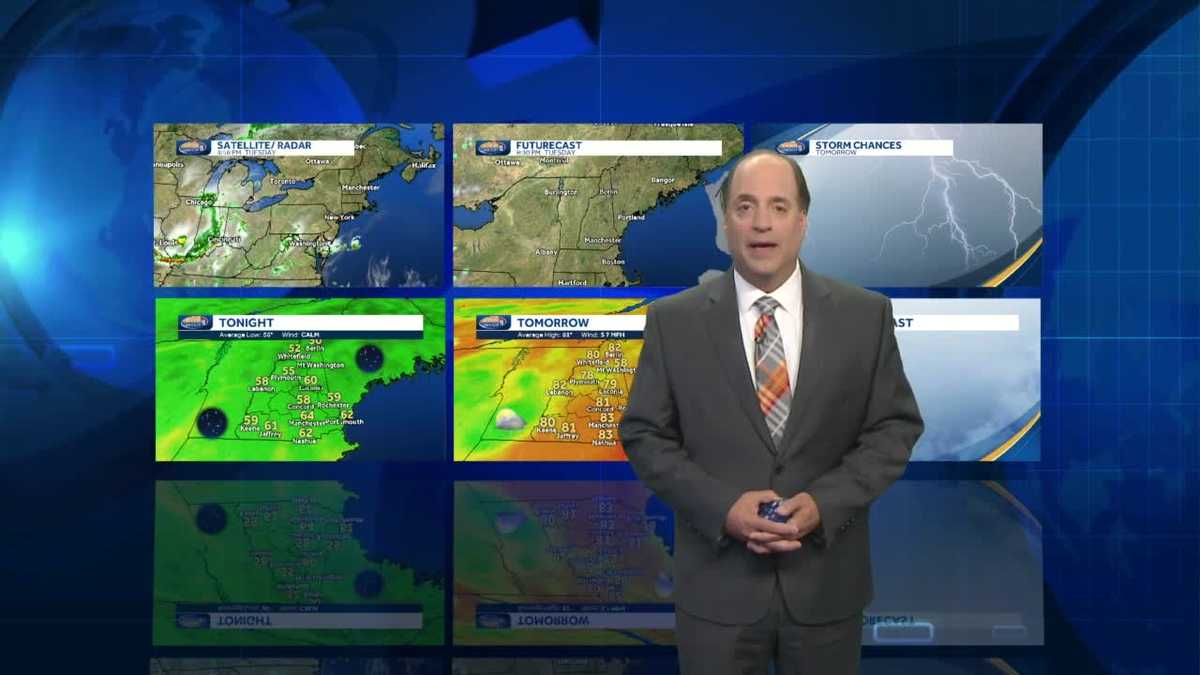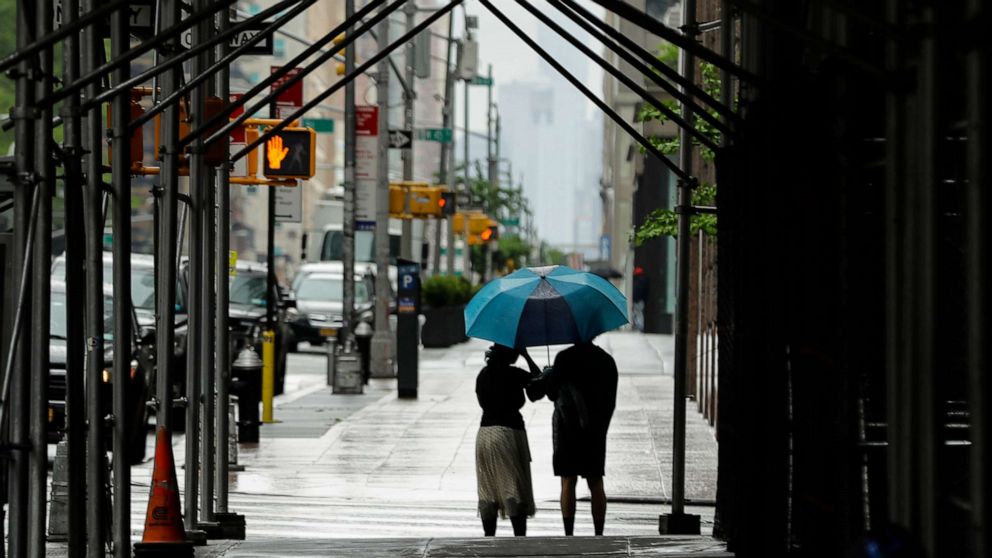Watch Out For Damaging Winds: Fast-Moving Storms

Table of Contents
Understanding Fast-Moving Storms and Their Formation
Fast-moving storms are characterized by their rapid speed and intense winds. Several meteorological factors contribute to their formation and ferocious power. These storms often originate from strong low-pressure systems, where significant temperature gradients and wind shear create atmospheric instability. This instability fuels the development of powerful thunderstorms that can organize into larger systems.
-
Types of Fast-Moving Storms: Fast-moving storms encompass various types, including derechos (widespread, damaging windstorms), squall lines (bands of thunderstorms), and downbursts (intense downdrafts). Understanding these distinctions is vital for predicting their potential impact.
-
Atmospheric Instability: The rapid upward movement of warm, moist air creates an unstable atmosphere, providing the energy for these storms to intensify and move quickly.
-
Upper-Level Winds: The direction and speed of upper-level winds play a crucial role in guiding the path and speed of fast-moving storms. These winds can accelerate the storm's movement, making them even more dangerous.
Recognizing the Signs of Approaching Fast-Moving Storms
Recognizing the warning signs of an approaching fast-moving storm can be critical in giving you time to take protective measures. Observing visual and auditory cues is essential for preparedness.
-
Visual Cues: Look for dark, ominous clouds, particularly cumulonimbus clouds, which are towering, thunderstorm clouds. A sudden drop in temperature, often accompanied by a noticeable shift in wind direction and increased gustiness, can also be indicative of an approaching storm.
-
Auditory Cues: Listen for the distinctive loud rumbling or roaring sound of approaching thunder. This is often a precursor to high winds and heavy rainfall.
-
Barometric Pressure: A rapid decrease in atmospheric pressure, measurable with a barometer, can signal the approach of a severe weather system. Combining this with visual and auditory cues provides a comprehensive assessment of the impending danger. Always monitor severe weather alerts and utilize weather radar for updated information.
Safety Precautions During Fast-Moving Storms
Preparing for and responding appropriately to fast-moving storms is paramount to minimizing risk. A proactive approach to safety is essential.
-
Before the Storm: Develop a family emergency plan, including communication strategies and designated safe locations. Secure any loose objects outdoors that could become dangerous projectiles. Charge all electronic devices and gather essential supplies.
-
During the Storm: Find a safe, interior room away from windows, ideally a basement or interior hallway. Avoid driving during the storm unless absolutely necessary. Stay informed through weather alerts and forecasts.
-
After the Storm: Once the storm passes, proceed cautiously. Check for power lines, downed trees, and other hazards before venturing outside. Conduct a thorough inspection of your property for damage and report any significant issues to the appropriate authorities. Generator safety is also crucial, ensuring proper ventilation to prevent carbon monoxide poisoning.
The Damage Caused by Fast-Moving Storms
Fast-moving storms can cause a wide range of destructive impacts, primarily due to their high-velocity winds.
-
Property Damage: High winds can cause significant property damage, including roof damage, downed trees, and damaged power lines. This can lead to extensive repairs and financial burdens.
-
Injuries and Fatalities: Flying debris carried by the strong winds poses a significant risk of injury or even death.
-
Agricultural Damage: Strong winds and heavy rainfall can devastate crops and livestock, leading to substantial economic losses for farmers.
-
Infrastructure Damage: Fast-moving storms can damage roads, bridges, and other vital infrastructure, disrupting transportation and communication networks. The economic impact of such damage can be substantial, requiring significant resources for repair and rebuilding.
Conclusion
Fast-moving storms present a significant threat, causing widespread damage and posing serious risks to life and property. Their unpredictable nature emphasizes the importance of preparedness. By understanding the signs of approaching storms, developing a comprehensive emergency plan, and taking appropriate safety precautions, you can significantly reduce your risk and protect yourself and your family. Don't be caught unprepared by fast-moving storms; learn how to protect yourself and your family. Stay informed about severe weather and take the necessary precautions to ensure your safety during these dangerous weather events. Regularly review your severe weather preparedness plan and ensure you have the necessary resources to handle the potential impact of fast-moving storms.

Featured Posts
-
 Your First Alert Strong Winds And Severe Storms Expected
May 20, 2025
Your First Alert Strong Winds And Severe Storms Expected
May 20, 2025 -
 Endgueltige Formgebung Durch Architektin Vor Ort Bestimmt
May 20, 2025
Endgueltige Formgebung Durch Architektin Vor Ort Bestimmt
May 20, 2025 -
 Understanding D Wave Quantum Inc S Qbts Recent Stock Market Performance
May 20, 2025
Understanding D Wave Quantum Inc S Qbts Recent Stock Market Performance
May 20, 2025 -
 Hmrc Cracks Down On Side Hustle Tax Evasion With Us Inspired Approach
May 20, 2025
Hmrc Cracks Down On Side Hustle Tax Evasion With Us Inspired Approach
May 20, 2025 -
 Marvels Avengers Crossword Clue Nyt Mini Crossword Answers For May 1st
May 20, 2025
Marvels Avengers Crossword Clue Nyt Mini Crossword Answers For May 1st
May 20, 2025
